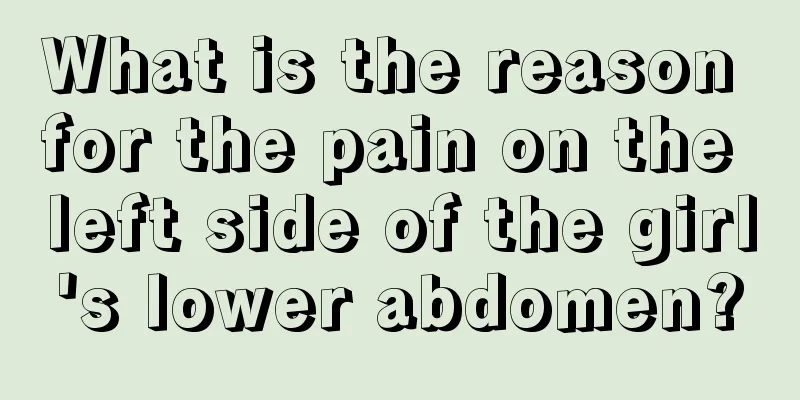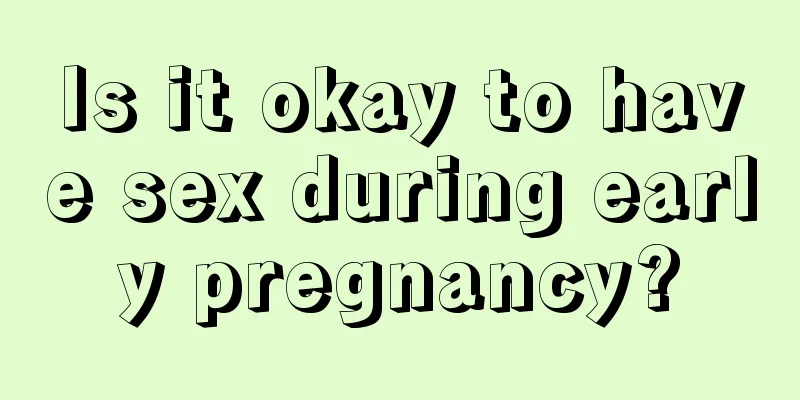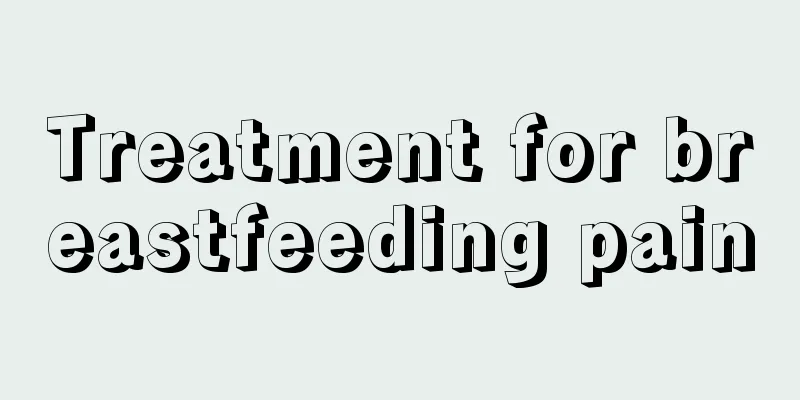What to do if you have uterine fibroids during pregnancy

|
Some women are found to have uterine fibroids after pregnancy. At this time, the patients must be very anxious, because after all, this is also related to the healthy growth of the fetus, so they should actively do prenatal examinations, evaluate the size of the fibroids, and choose the most appropriate treatment plan. l) Treatment of uterine fibroids in early pregnancy: Intervention of uterine fibroids in early pregnancy can easily lead to miscarriage, so it can be delayed until the second trimester. If the fibroid is very large, it is estimated that there is a greater chance of complications if the pregnancy continues. If the patient requests an artificial abortion, the pregnancy can be terminated first, and the myomectomy can be performed in a short period of time, or the artificial abortion and myomectomy can be performed at the same time. 2) Treatment of uterine fibroids in mid-pregnancy: ① For those with fibroids less than 6 cm in diameter and no symptoms, regular prenatal examinations are recommended and most do not require special treatment; ② For fibroids greater than 6 cm in diameter, the fibroids may continue to grow as the uterus grows, and large fibroids are prone to reddening and stimulating uterine contractions or peritoneal irritation symptoms. At this time, obstetricians only recommend conservative treatment such as bed rest and the use of analgesics. Myomectomy during pregnancy is rarely recommended and is only performed when absolutely necessary. 3) Treatment of uterine fibroids in late pregnancy: Small fibroids do not need to be treated. If the diameter of the fibroid is larger than 8 cm but there are no symptoms, you can wait until full term to have a cesarean section and perform a uterine fibroid removal surgery at the same time. Because large uterine fibroids may not only affect uterine contractions and cause abnormal labor force and delayed labor, but also the possibility of retained placenta, postpartum hemorrhage and postpartum infection is higher than that of normal mothers. In some cases, a woman may be forced to have her uterus removed due to uncontrollable postpartum bleeding or infection. Therefore, the appropriate mode of delivery is elective cesarean section, with simultaneous myomectomy. 4) Uterine fibroids are a common gynecological tumor . When developed to a certain extent, they can cause serious harm to women, such as miscarriage, infertility, and even cancer. They seriously affect women's physical and mental health and require urgent treatment once discovered. Uterine fibroids, also known as uterine leiomyoma, are the most common benign tumor of the female reproductive system. Most of them are asymptomatic, and a few may present with vaginal bleeding, abdominal masses, and compression symptoms. If pedicle torsion or other situations occur, it may cause pain, which is common in multiple uterine fibroids. |
<<: How to prevent uterine fibroids?
>>: What is the most effective exercise method to enlarge breasts?
Recommend
What should I pay attention to if I have placental thickening?
The placenta is an important protective tissue fo...
Picture of vaginal opening with granulation
The growth of granulation tissue at the vaginal o...
What is the standard weight of a girl who is 166cm tall?
A height of 166cm is a standard height for women,...
Farting during pregnancy
If you are pregnant, what are the things that mot...
Can I breastfeed if I have a breast cyst?
Breast cyst is a relatively common breast hyperpl...
Learn 5 skills to make you a charming woman
Nowadays, many women have become "White Bone...
Can I have a medical abortion after 40 days?
When you are 40 days pregnant, you are still in t...
What are the correct breast massage techniques?
Many women do not care about their health and do ...
An 8-year-old girl has a lump in her breast. What's going on?
For an eight-year-old girl, if there are lumps in...
What happens if you eat chocolate during menstruation?
Nowadays, women often experience some conditions ...
Can metronidazole be used for vaginal itching?
Metronidazole can treat vaginitis, but there are ...
What is the cause of uneven endometrium? It may be inflammation!
A uniform endometrium is a normal healthy state. ...
Can a 13 year old girl get pregnant?
Girls aged 13 are in the development process of p...
What aspects should be communicated when visiting new customers? What homework should be done before visiting customers?
Many sales-type industries often deal with custom...
What's wrong with my stomach?
Do female friends usually have abdominal discomfo...









